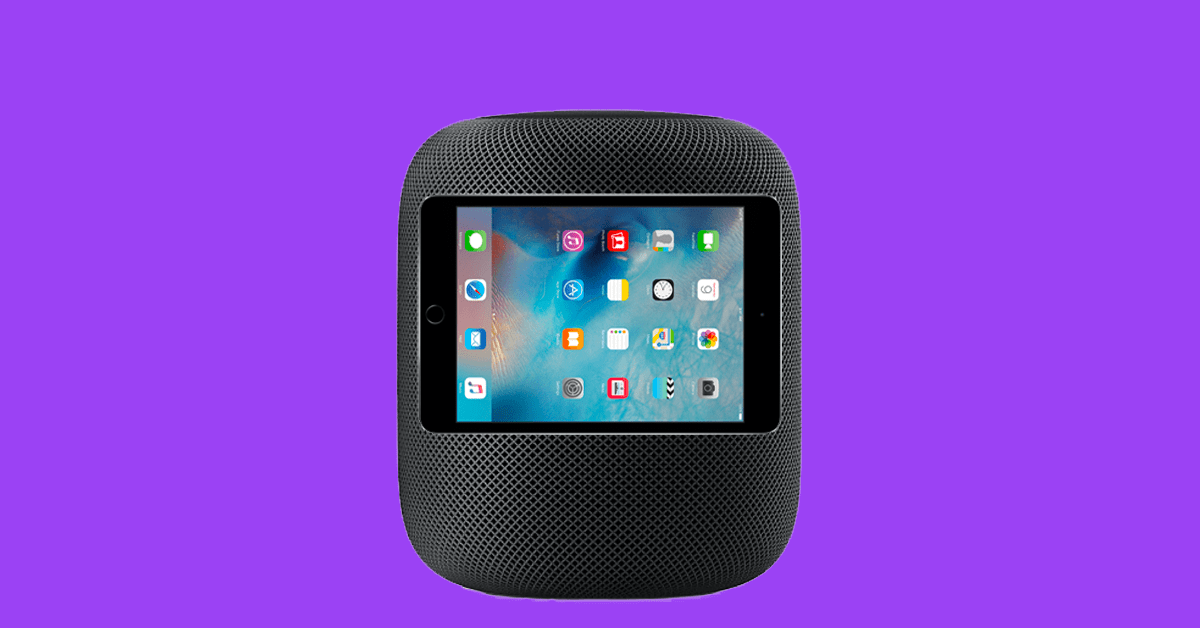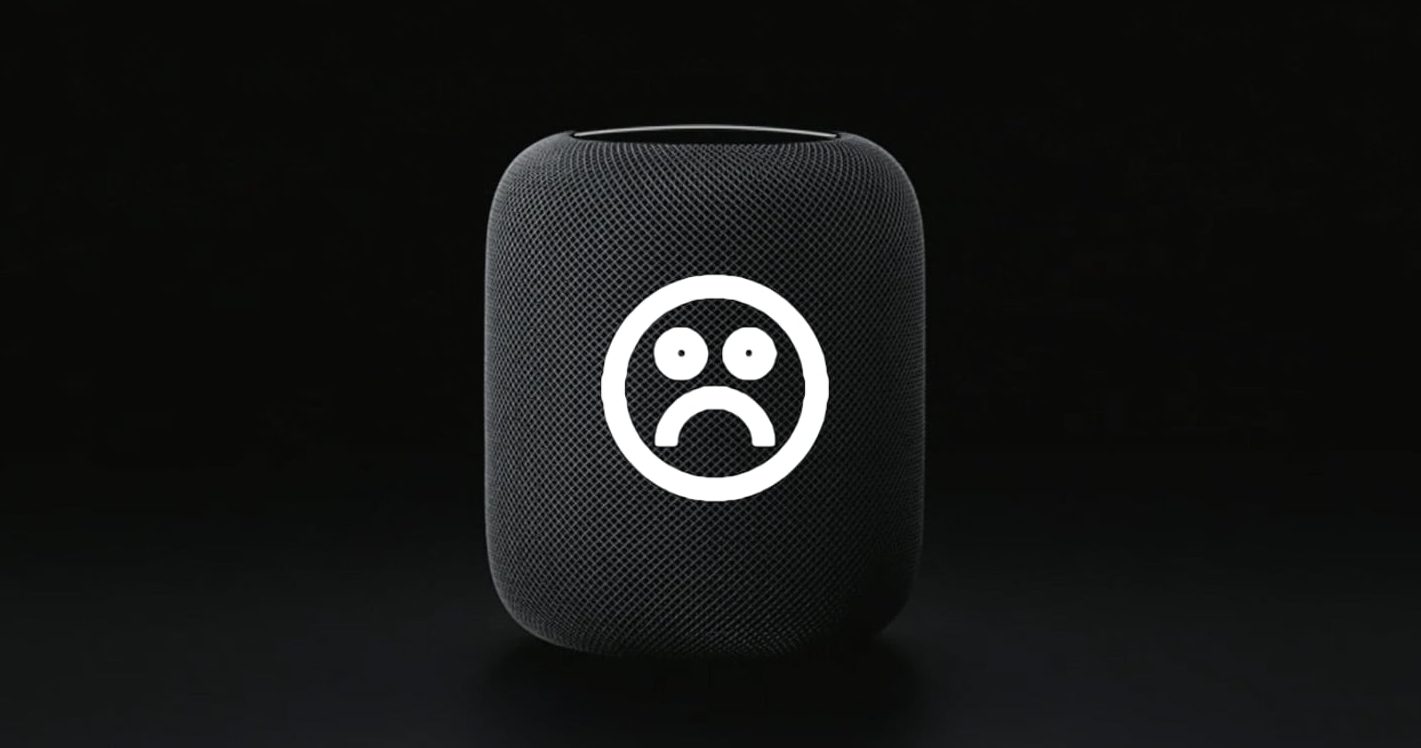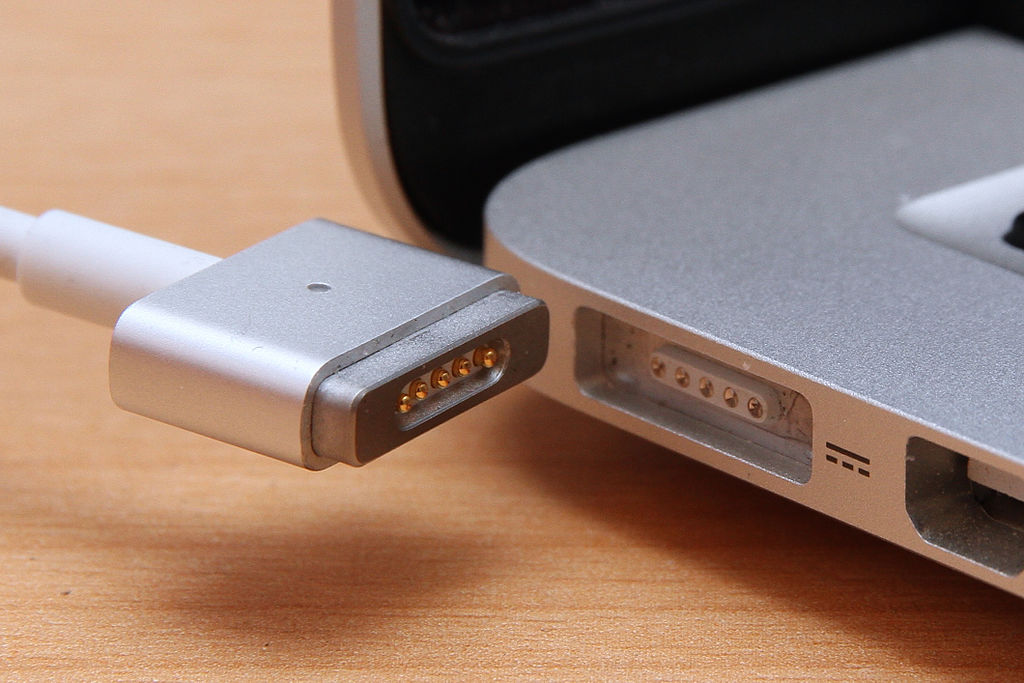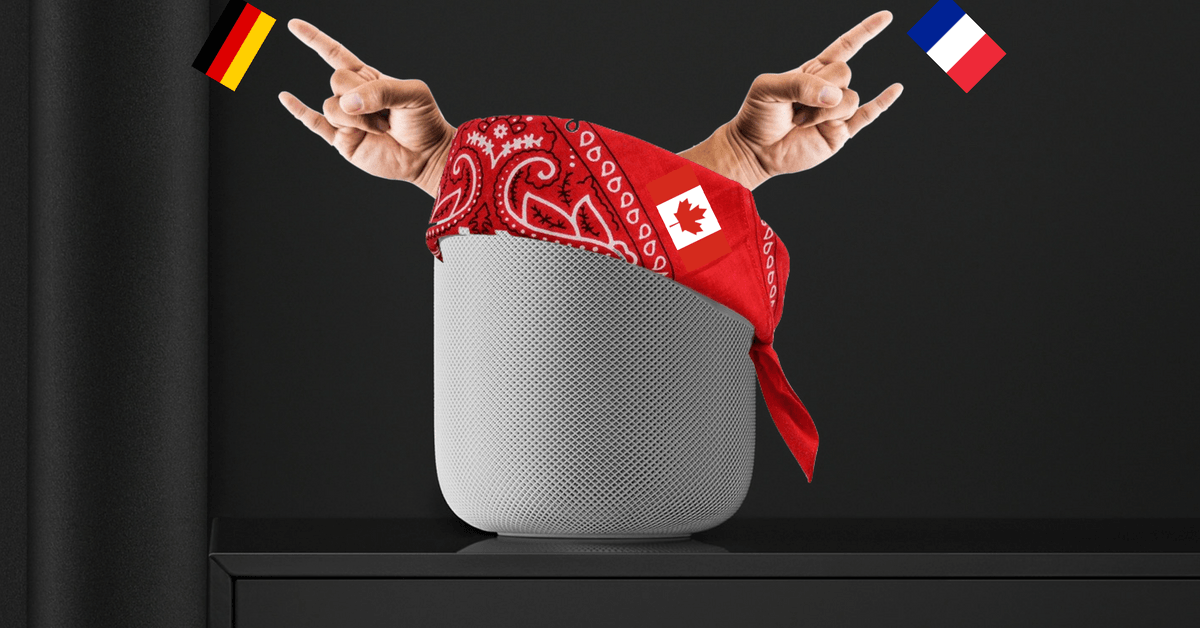Fans of Apple-powered smart devices, rejoice — it’s rumored there’ll be a new HomePod released either at the end of 2022, or the start of 2023.
What’s currently unclear is whether this will be a direct replacement for the now-discontinued original HomePod, or if Apple is going to release a model that’s sized in between this and the mini — as has been reported in the past.
It isn’t all plain sailing though. According to renowned leaker and analyst, Ming-Chi Kuo, Apple won’t make any substantial changes to the smart speaker:
Apple would release a new version of HomePod in 4Q22-1Q23, and there may not be much innovation in hardware design. Smart speakers are undoubtedly one of the essential elements of the home ecosystem, but I think Apple is still figuring out how to succeed in this market.
— 郭明錤 (Ming-Chi Kuo) (@mingchikuo) May 20, 2022
This is troubling.
Although Apple’s HomePod mini (the only version of its smart speaker it sells) has seen a rise in sales over its predecessor, it’s still not doing fantastically.
Yeah, for some companies, being 5th in global shipments in Q3 2021 would be a cause for celebration — but Apple isn’t most companies. Anything less than first or second position can be viewed as a failure.
Thankfully, the HomePod range can be fixed. And we’re just the site to do it.
Before we get into it though, a note: this piece isn’t about what we expect to happen with the HomePod launching this year. Instead, it’s about what needs to happen for the smart speaker to steal some serious market share from Google and Amazon.
Improve Siri
Long story short, Siri sucks.
Its problems are manifold, but they can probably be summed up best with the word “unreliability.”
Siri’s language understanding lags behind Google and Amazon, and it doesn’t play nicely with other apps, often forcing you to stay within Apple’s ecosystem. Hell, even setting a reminder is more fraught with difficulties than it should be, with Siri often misunderstanding the precise details of what I requested.
In many ways, Apple’s voice assistant seems stuck in the past — and uncertain of where to go next.
For the HomePod to thrive, this needs to be addressed.


Of course, “improving Siri” is easier said than done. But there is one thing Apple needs to address, and that’s what it wants its voice assistant to be. And, if you look solely at the HomePod range, that’s answerable: a dependable tool for smart home tasks.
This means improving the administrative side of the voice assistant, its integration with smart home technologies, and its understanding of how people speak.
Crack this and the HomePod becomes genuinely useful, rather than a wonderful-sounding speaker you wish had Google Home on it.
Release a HomePod with a screen


I’ve called for a HomePod with a screen before — and it seems Apple may have actually listened. We may get one with a display at some point, but it’s not going to be the one dropping soon.
Bad move, Mr. Tim Apple.
In my opinion, the true value of voice assistants comes when they’re combined with a screen. Whether it’s displaying photos, helping you interpret search results (like recipes), or even just watching a quick video, having something you can physically interact with just makes a smart speaker, well, smarter.
If Apple released a flagship HomePod — one with an iPad-esque display, say — it could form the foundation of its whole smart home ecosystem.
Not only would it attract people who don’t see the value in solely voice-driven interaction (or who deem Siri incapable of providing such a service), but it would also provide a core object for users to build out from.
Think of it this way: if you have a HomePod with an iPad-quality screen, it’s likely you’re going to value the seamlessness that other Apple smart speakers can bring to that experience. And you’ll end up buying more HomePods. And making Apple money. And Apple loves money.
Solve networking issues — and make HomePods network extenders


One of the most repeated complaints I’ve seen about HomePods online is issues with network connectivity.
First off, Apple should fix this as best it can, and improve the range and quality of the Wi-Fi in its smart speakers. However, this is tougher than it seems on the surface, as there are so many variables when it comes to providing a stable network.
But there is a way to improve this: make every HomePod a wireless extender.
Now, I’ve discussed why I don’t think Apple will go back into networking again, but it would make a lot of sense if HomePods could create a mesh. There’s something alluring about your speakers also improving your network connection — and it’s not without precedent either, as Google has done a similar thing with its Nest range.
Certain HomePods should be portable and include MagSafe
The entire Apple fanbase roared in approval when the company brought the MagSafe charger back to the 2021 MacBook Pro. But now it should go a step further and put this connector on the HomePod too.


In other words, Apple should make a portable HomePod.
The success of the Sonos Roam and Sonos Move shows there’s a public hunger for connected speakers that can be moved around at will. Currently, all the HomePod devices require constant power, and while there’s nothing wrong with this per se, having a single product you can move around the house would benefit huge numbers of users and increase sales.
A proper Bluetooth connection
While the HomePod uses Bluetooth, it can’t operate as a regular speaker in this regard.
This means you need to use AirPlay to use the HomePod mini. Which, in turn, really means you need to use an Apple device. I don’t need to tell you what shitty practice that is for an audio-playing device.
Apple should allow users an option to enable direct Bluetooth playback, so anyone can connect to the speakers. This would be a particularly important feature if the company does decide to make a portable version of the HomePod, as it’d make taking the speaker outside or to the park actually possible.
A feature for HomePods to provide surround sound


We’ve spoken a bit about making Apple’s HomePod range more flexible for moving around, but what about in the home itself?
Well, one way Apple could increase the use case of HomePod is by allowing users to set multiple units up as a surround sound system.
Most likely this would work in conjunction with the Apple TV and would provide people a clear way of upgrading their soundsystem — all while buying more products from the company of course. And what could be more Apple than that?
A grand opportunity
Ultimately, the HomePod has huge potential. While it’s unlikely Apple will be able to reach the scale of the Amazon Echo or Google Nest range any time soon, it still has the ability to unseat them — especially as the company has something its competitors don’t: a fully product integrated ecosystem.
If Apple is able to work out exactly what it wants the HomePod to be — and iron out the kinks along the way — it has a huge range of pre-existing products that can complement it. And that’s to say nothing of the audience that’d rightfully devour a new HomePod.
In its current state, the HomePod is far from perfect — but that just shows what opportunity there is to make it so.
